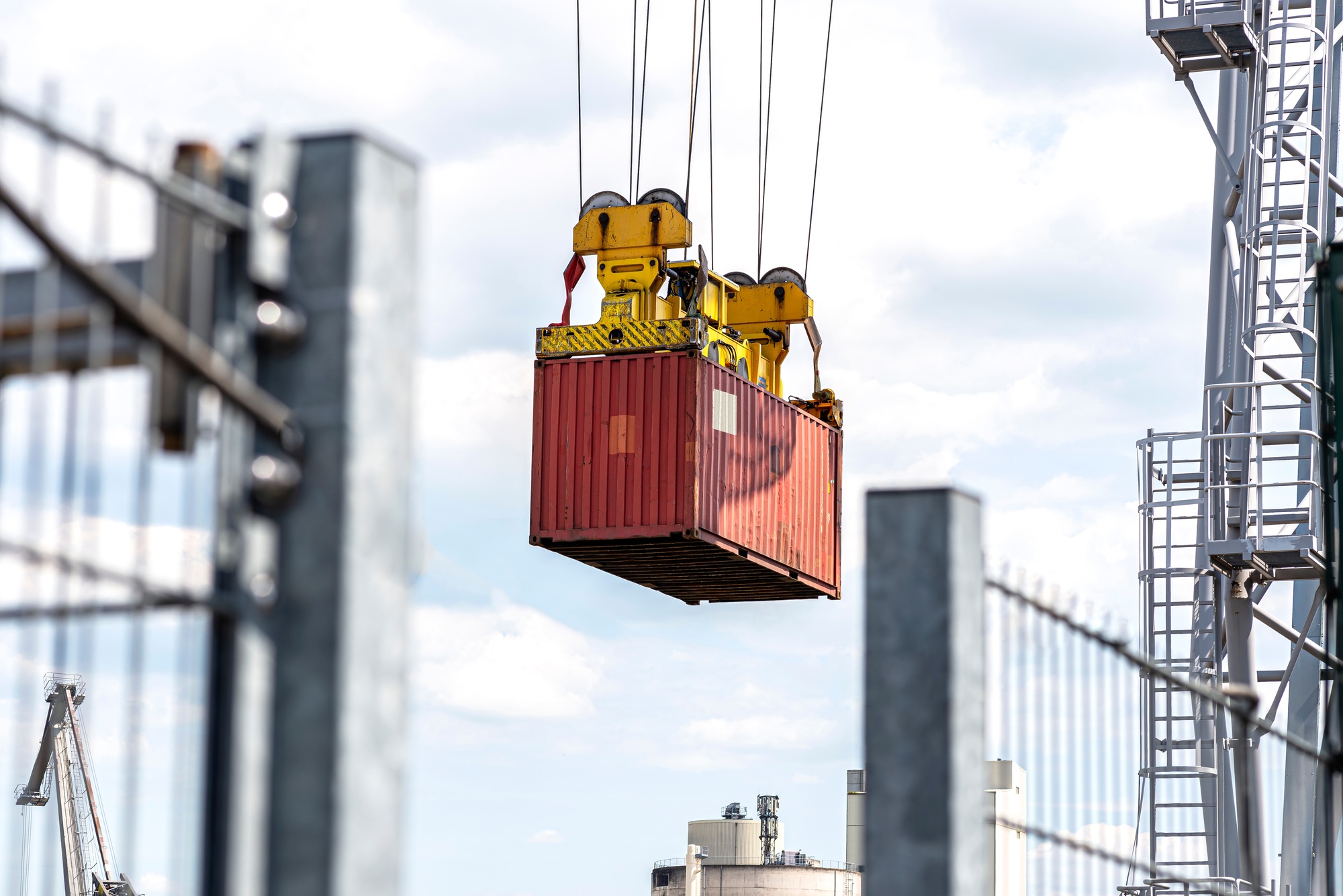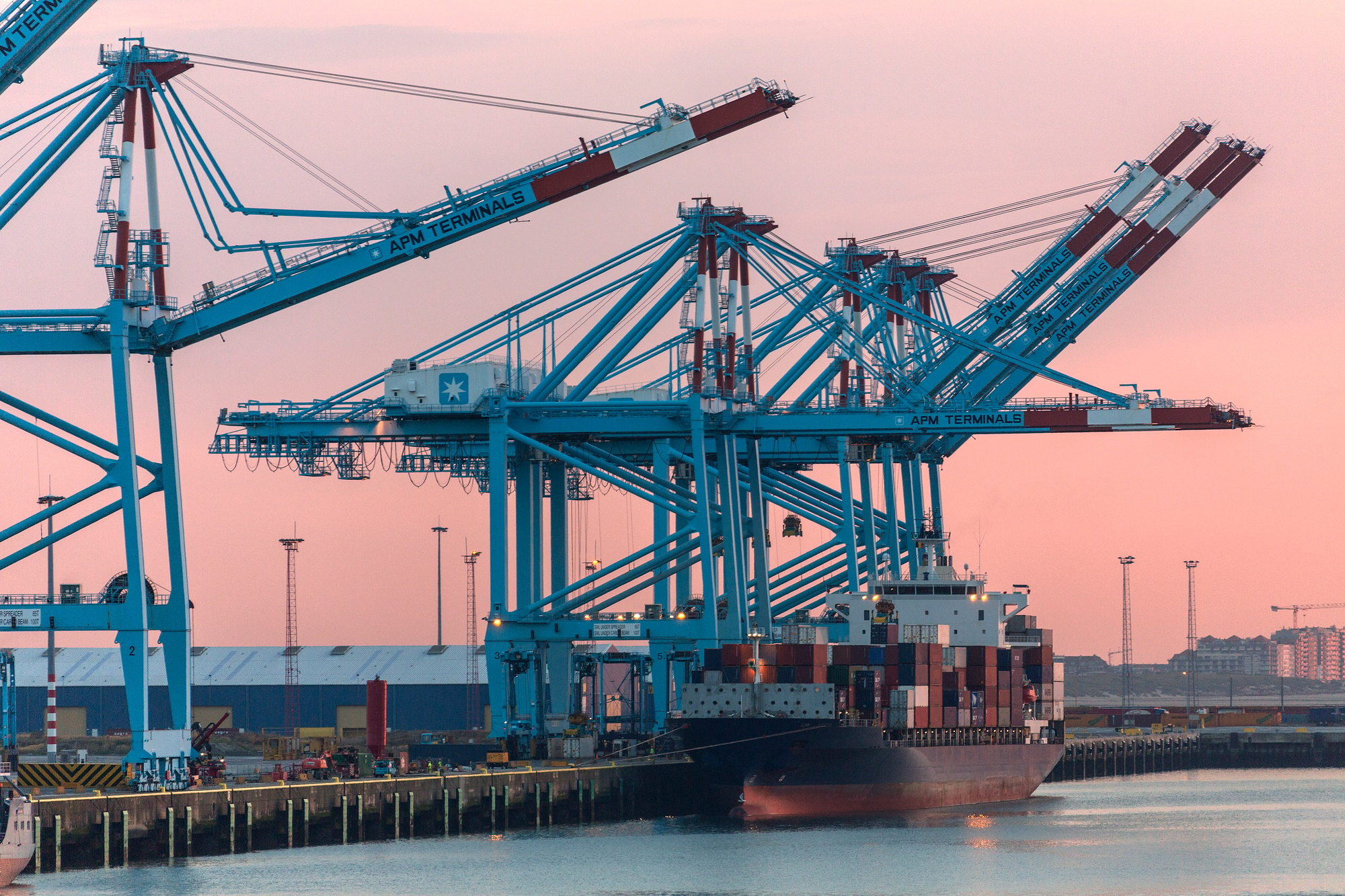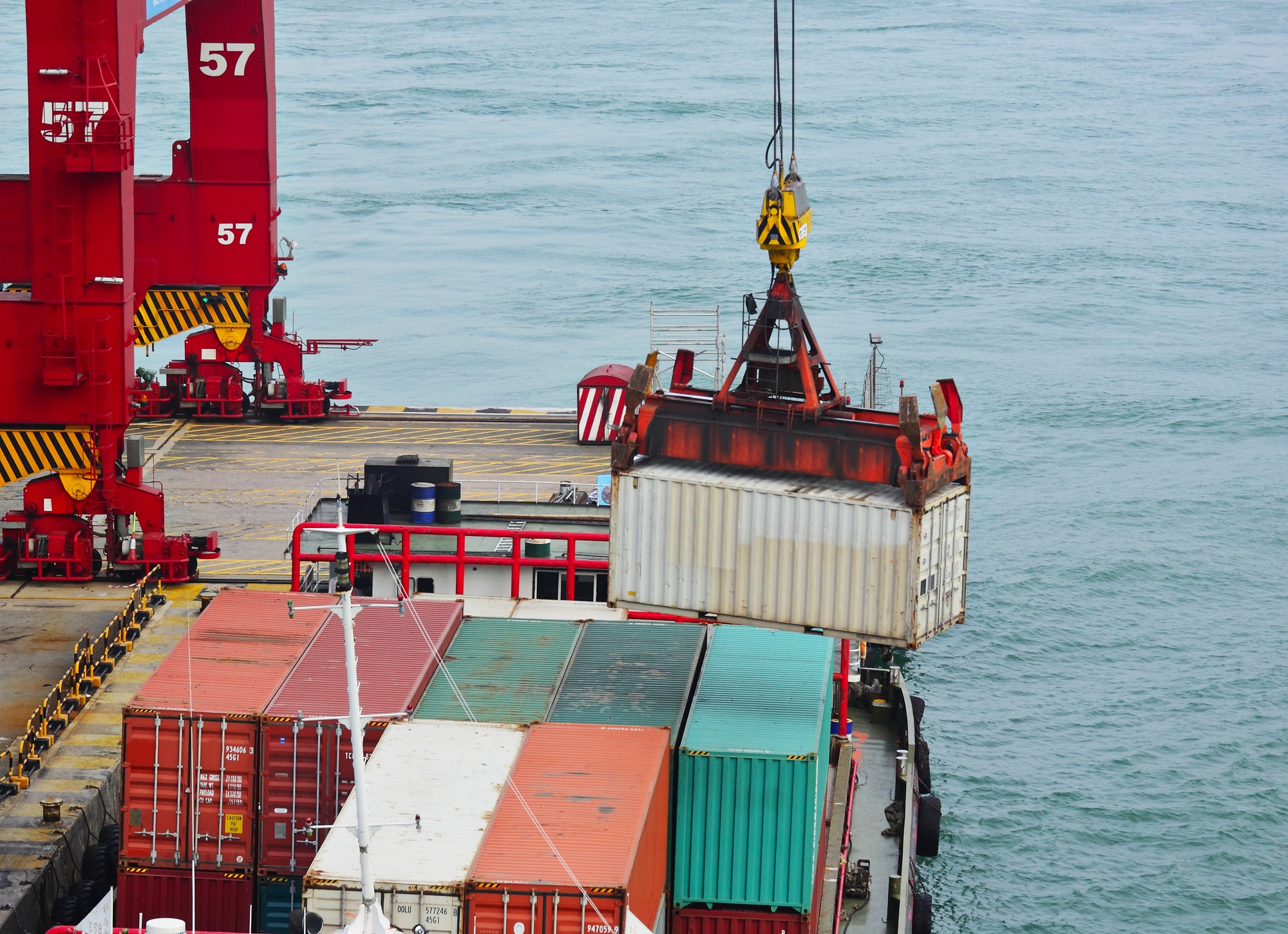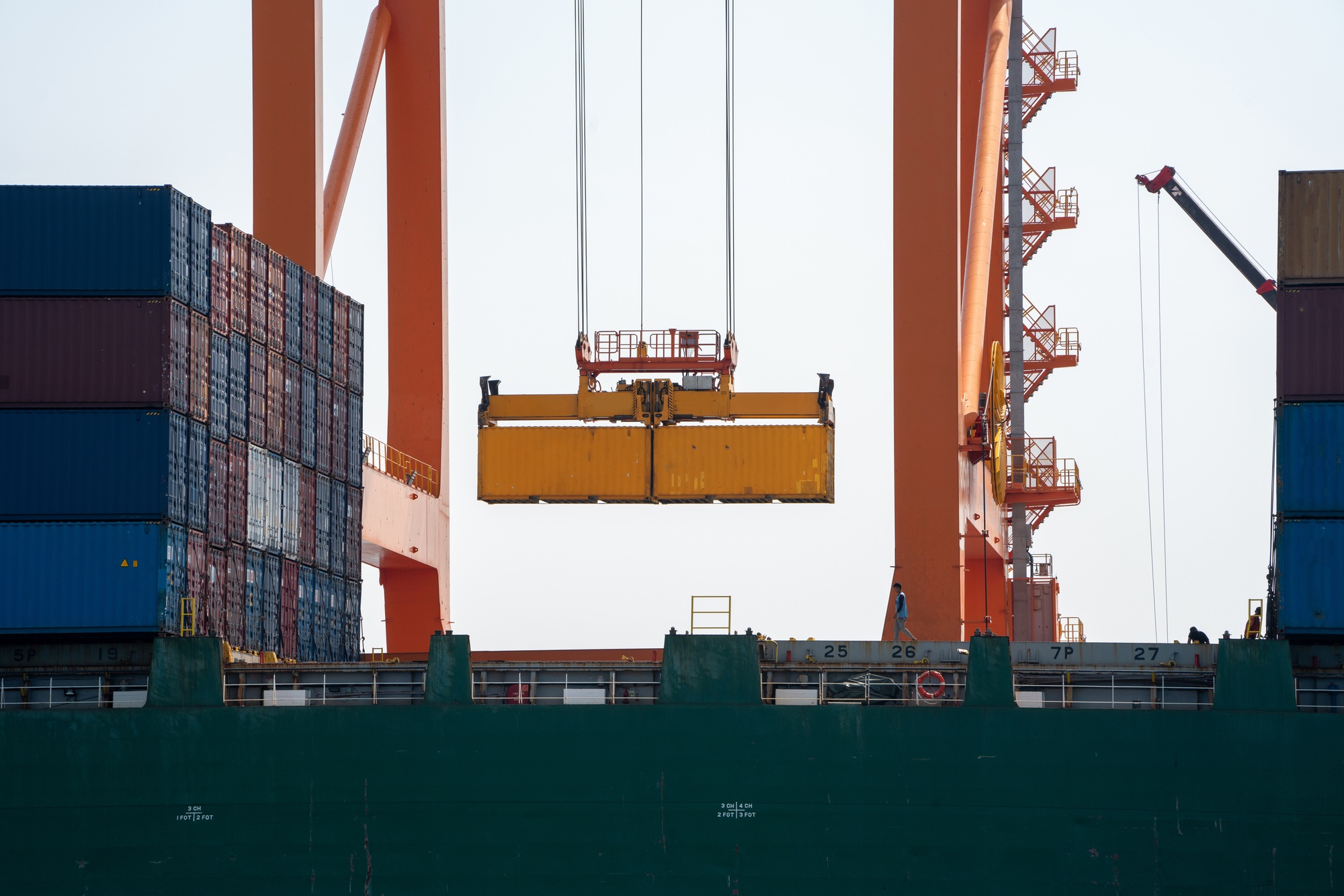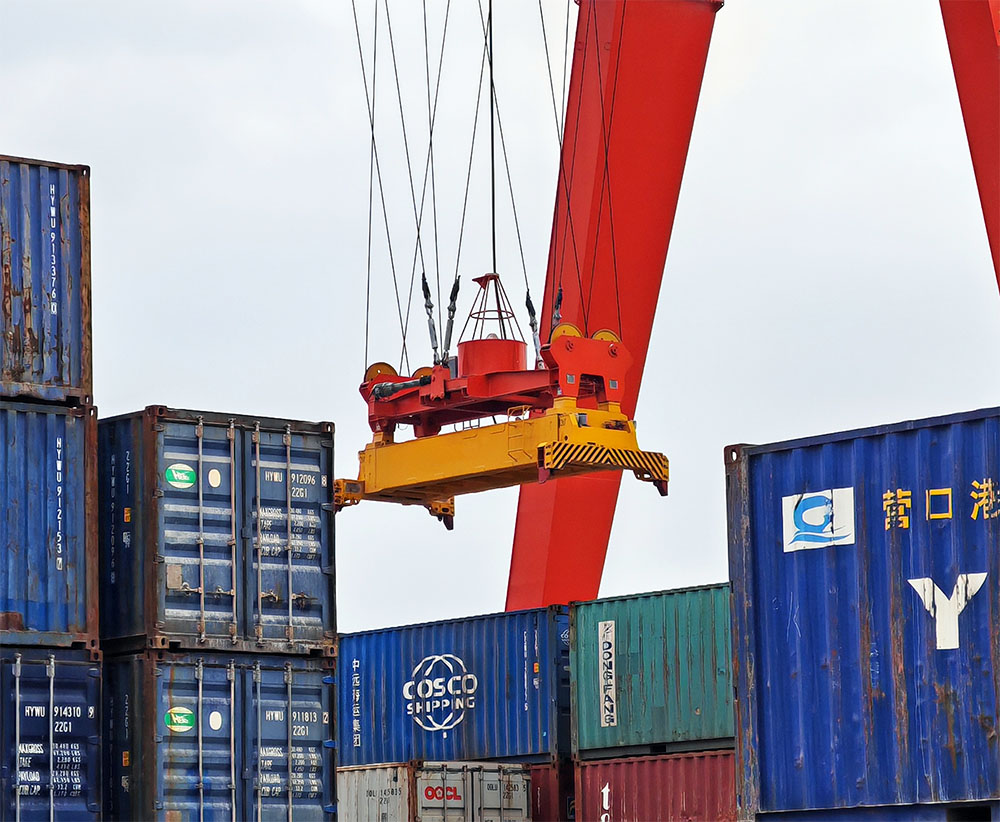Introduction
Container spreaders are critical for efficient and safe heavy-duty port operations. Choosing the right one ensures compliance with ISO standards, maximizes productivity, and minimizes downtime. This guide provides an expert checklist to help you select the best spreader for your needs.
1. Understand the Types of Container Spreaders
1.1 Fixed Spreader Beams
- Ideal for standard ISO containers (20ft, 40ft, 45ft).
- Simple design, lower maintenance.
- Best for consistent container sizes .
1.2 Adjustable Spreader Beams
- Flexible length adjustment for varying container sizes.
- Suitable for multi-size port operations.
- Requires more maintenance due to moving parts .
1.3 Telescopic Spreaders
- Hydraulic or mechanical extension for different lengths.
- Used in high-volume terminals with mixed container types.
- Higher initial cost but long-term efficiency .

2. Key Factors to Consider
2.1 Lifting Capacity & Load Requirements
- Match spreader capacity to container weight (e.g., 30T, 40T, 50T).
- Check dynamic vs. static load ratings for safety margins.
2.2 ISO Compliance & Certification
- Ensure ISO 3874 compliance for global port compatibility.
- Look for CE, DNV, or ABS certifications for reliability .
2.3 Safety Features
- Twistlock mechanisms for secure lifting.
- Anti-sway systems to prevent load shifts.
- Overload protection sensors.
2.4 Durability & Corrosion Resistance
- High-grade steel or aluminum alloy for saltwater exposure.
- Galvanized or coated for rust prevention.
2.5 Compatibility with Port Cranes
- Verify hook height, lifting speed, and automation compatibility.
- Some spreaders integrate with automated stacking cranes (ASCs).

3. Top Brands & Models
| Brand | Key Features | Best For |
|---|---|---|
| Tandemloc | Adjustable, high-load capacity | Heavy-duty terminals |
| Camlok | ISO-compliant, corrosion-resistant | Ports with mixed containers |
| Caldwell | Telescopic, automated controls | Automated port systems |
4. Maintenance & Longevity Tips
- Regular inspections for wear on twistlocks and cables.
- Lubricate moving parts to prevent seizing.
- Replace damaged components immediately to avoid failures.
Conclusion
Choosing the right container spreader requires evaluating load capacity, ISO compliance, safety features, and durability. Investing in a high-quality spreader from trusted brands ensures efficient and safe port operations.
Need expert advice? Contact us for customized container lifting solutions!

